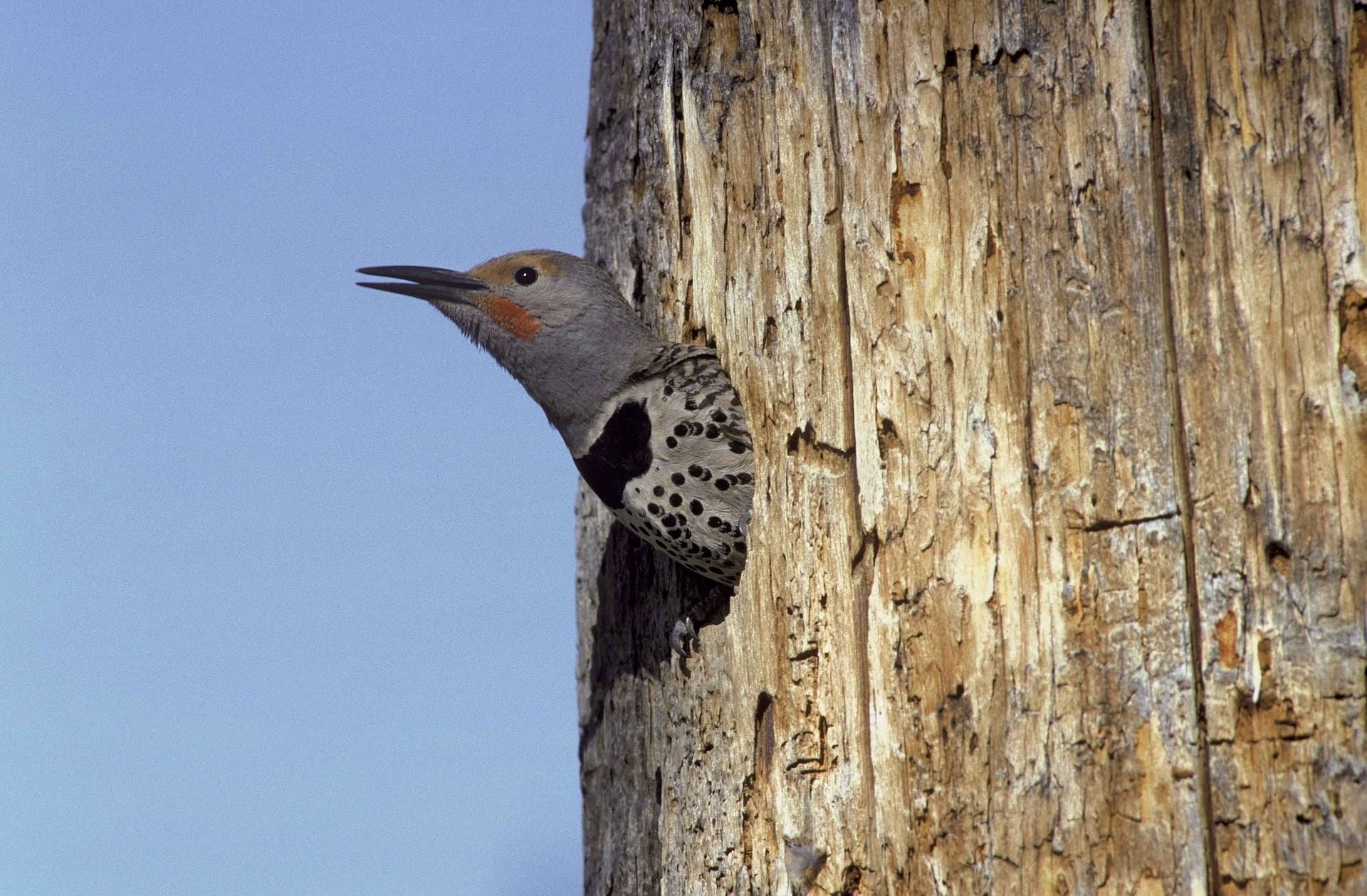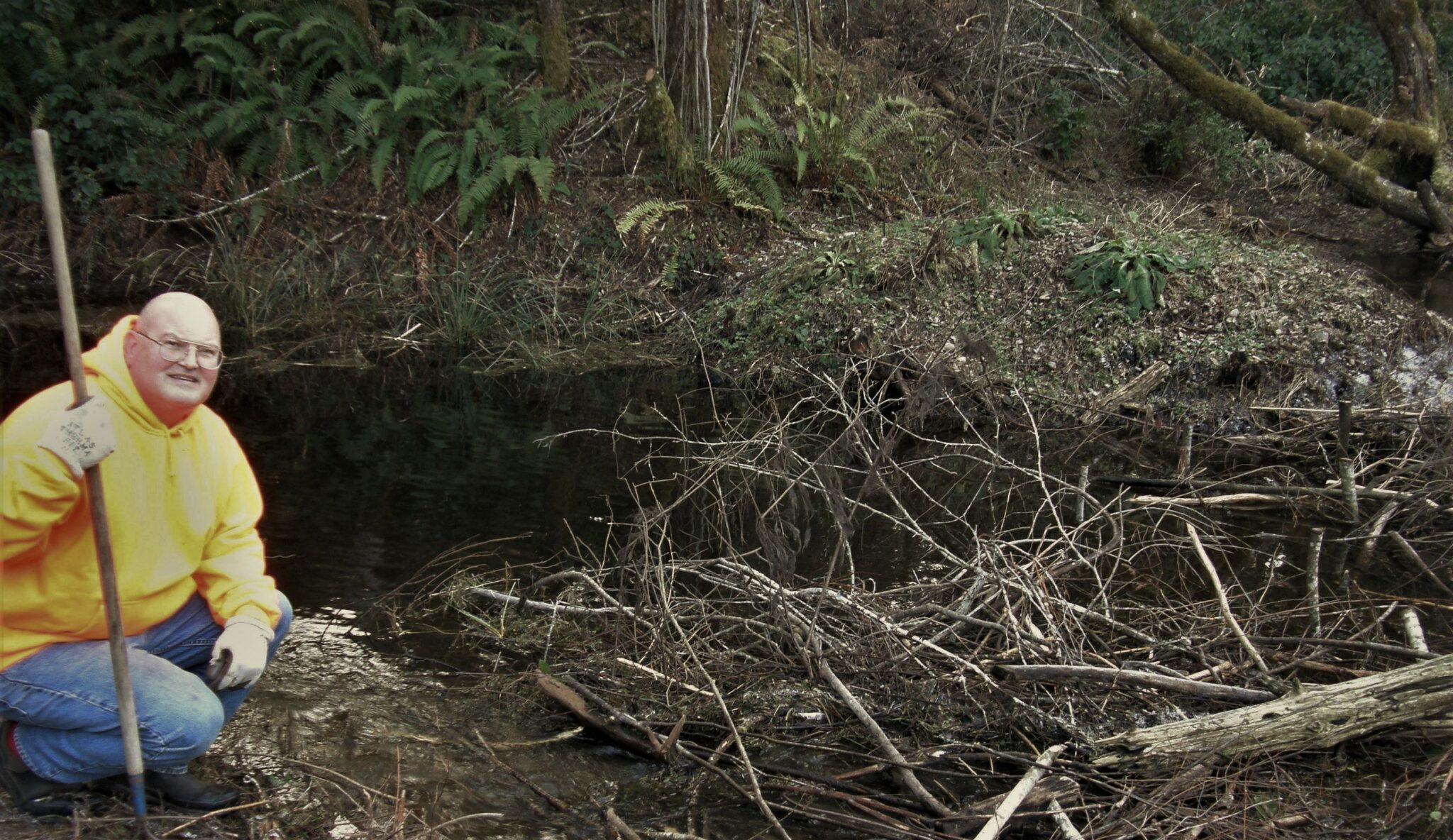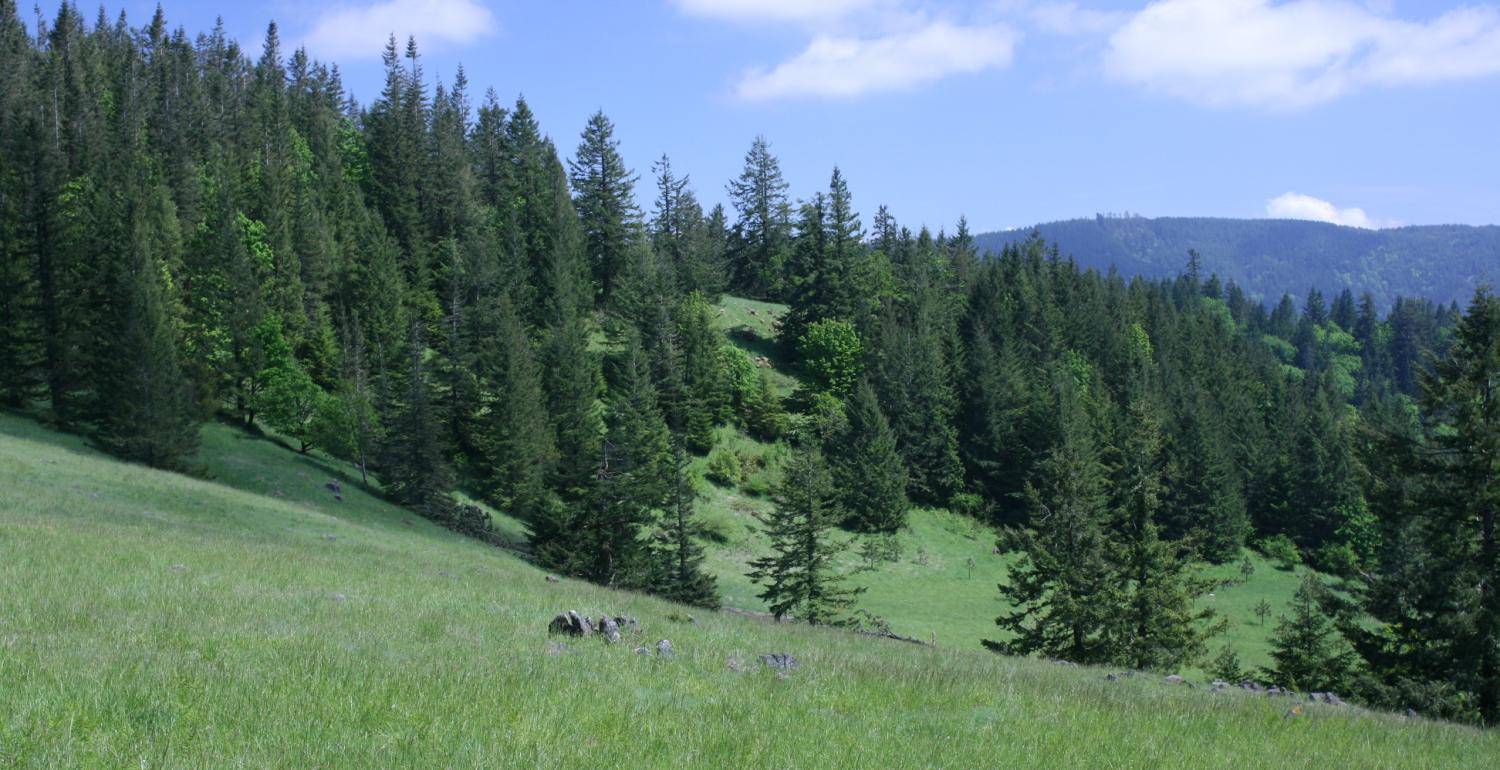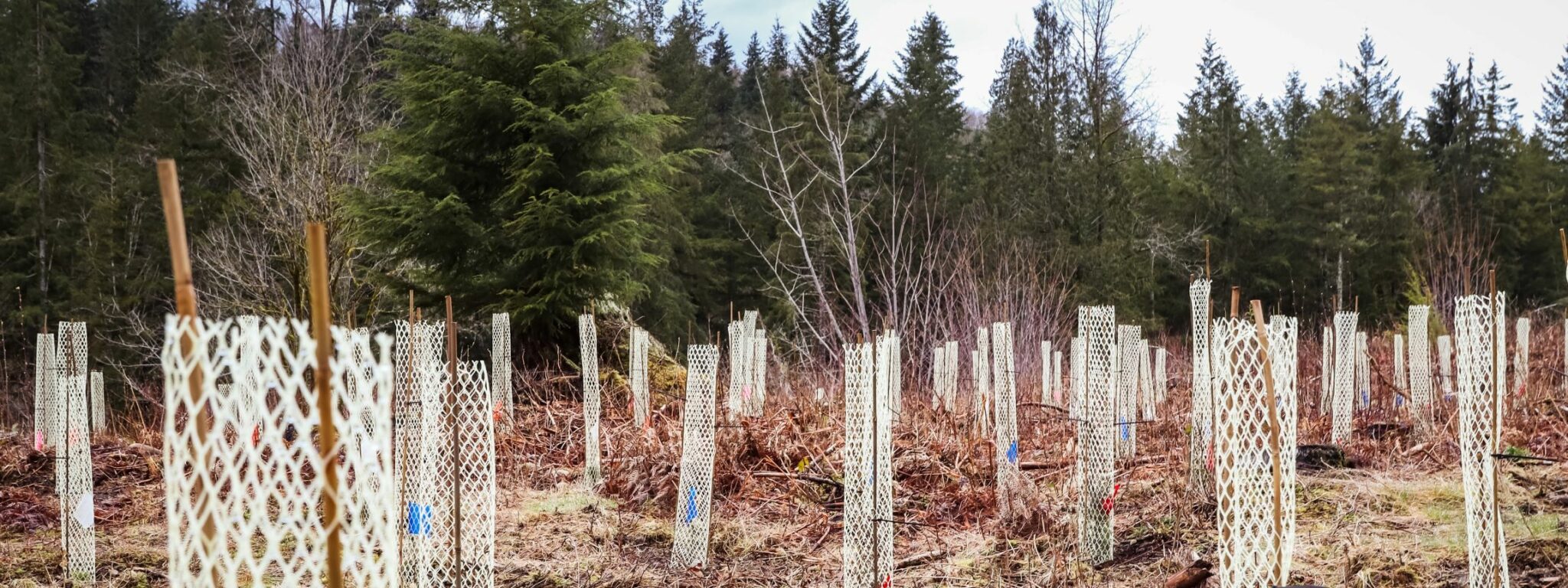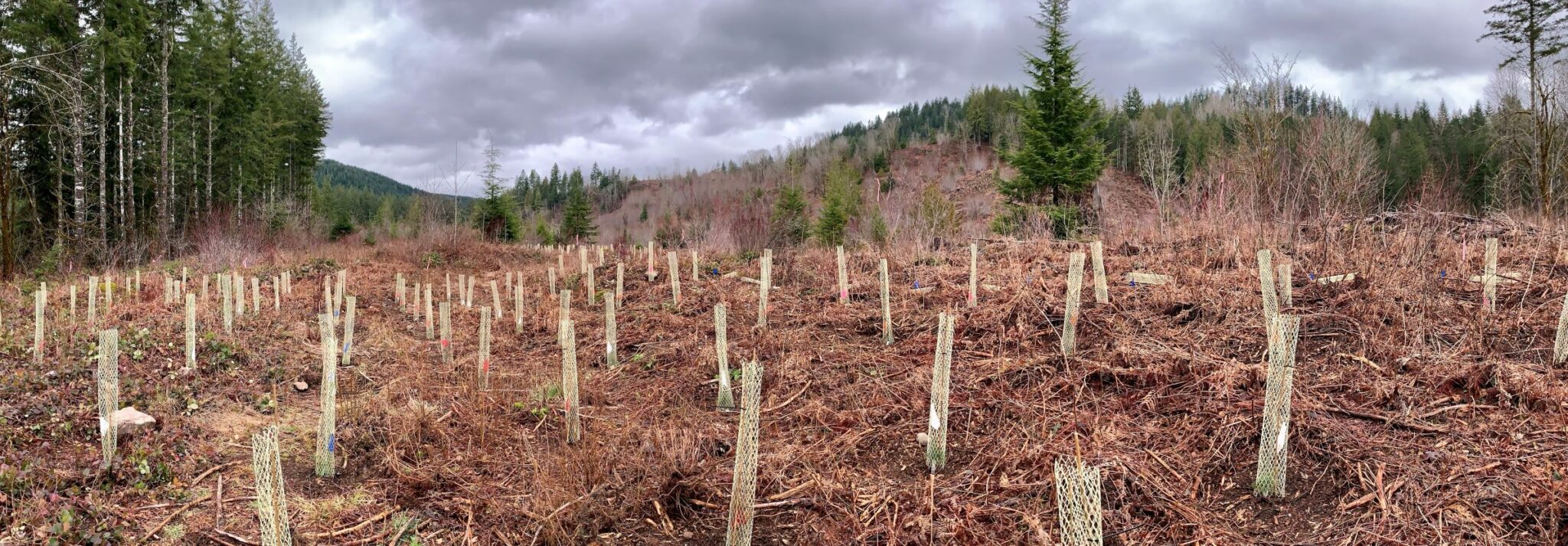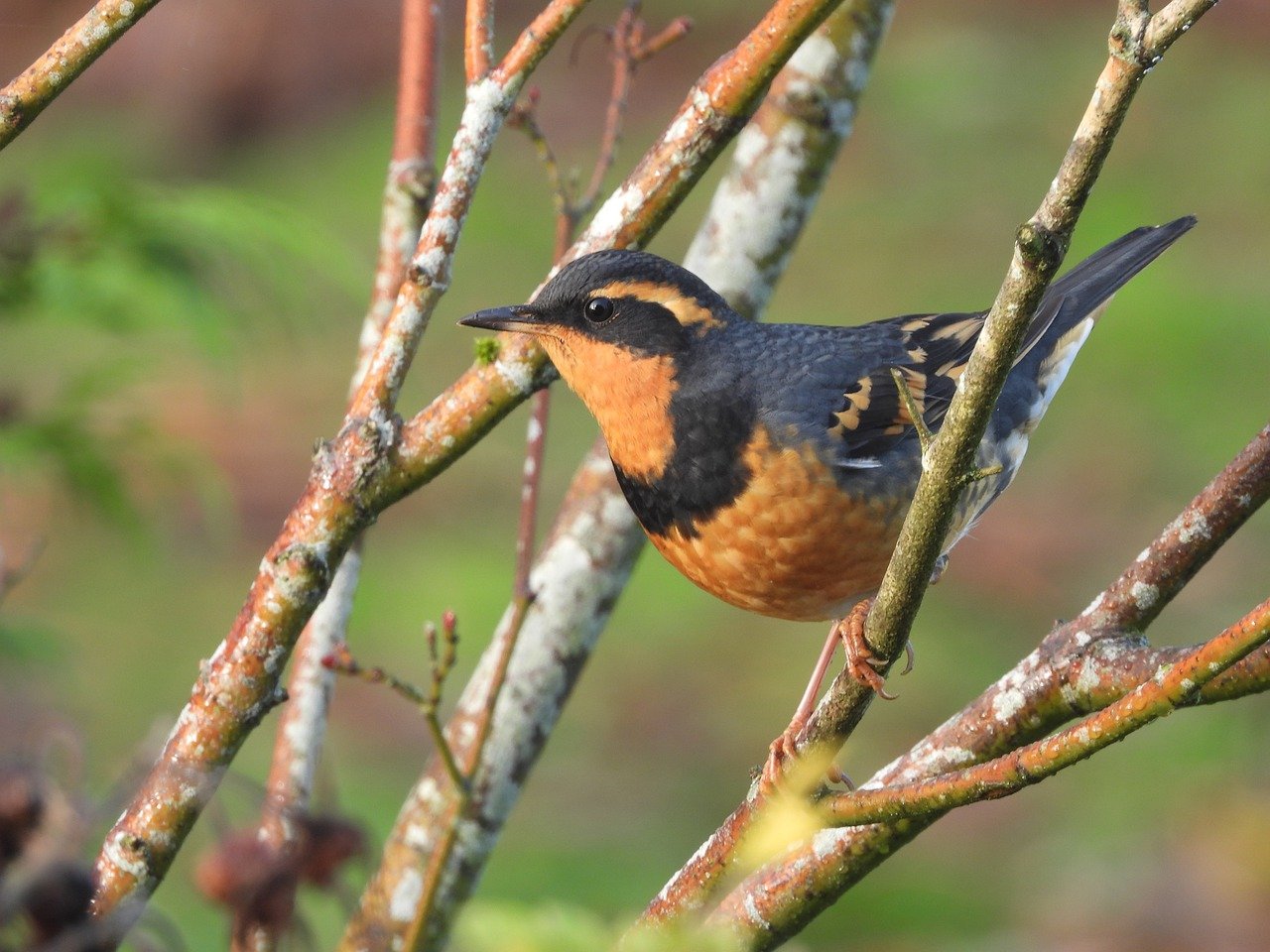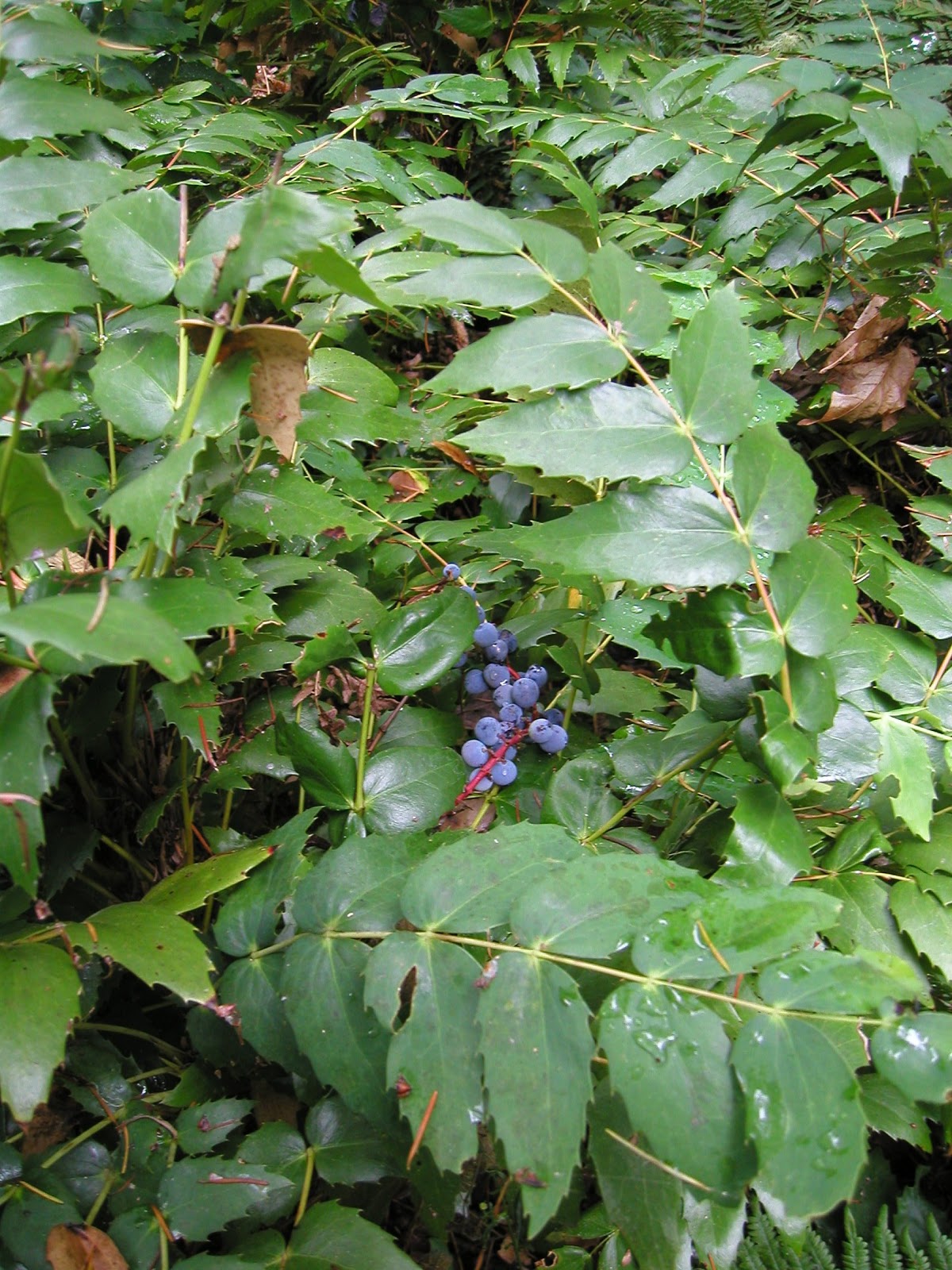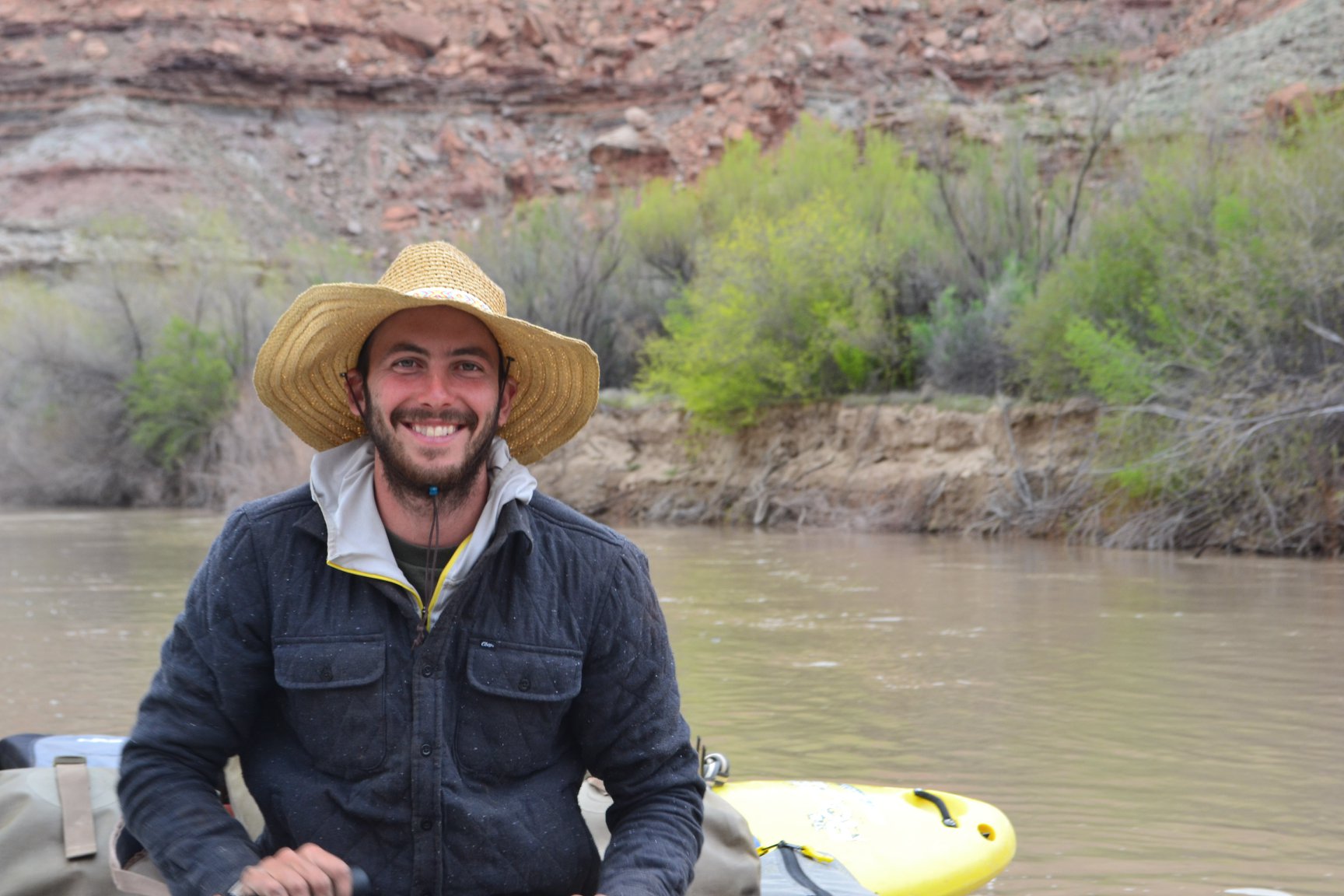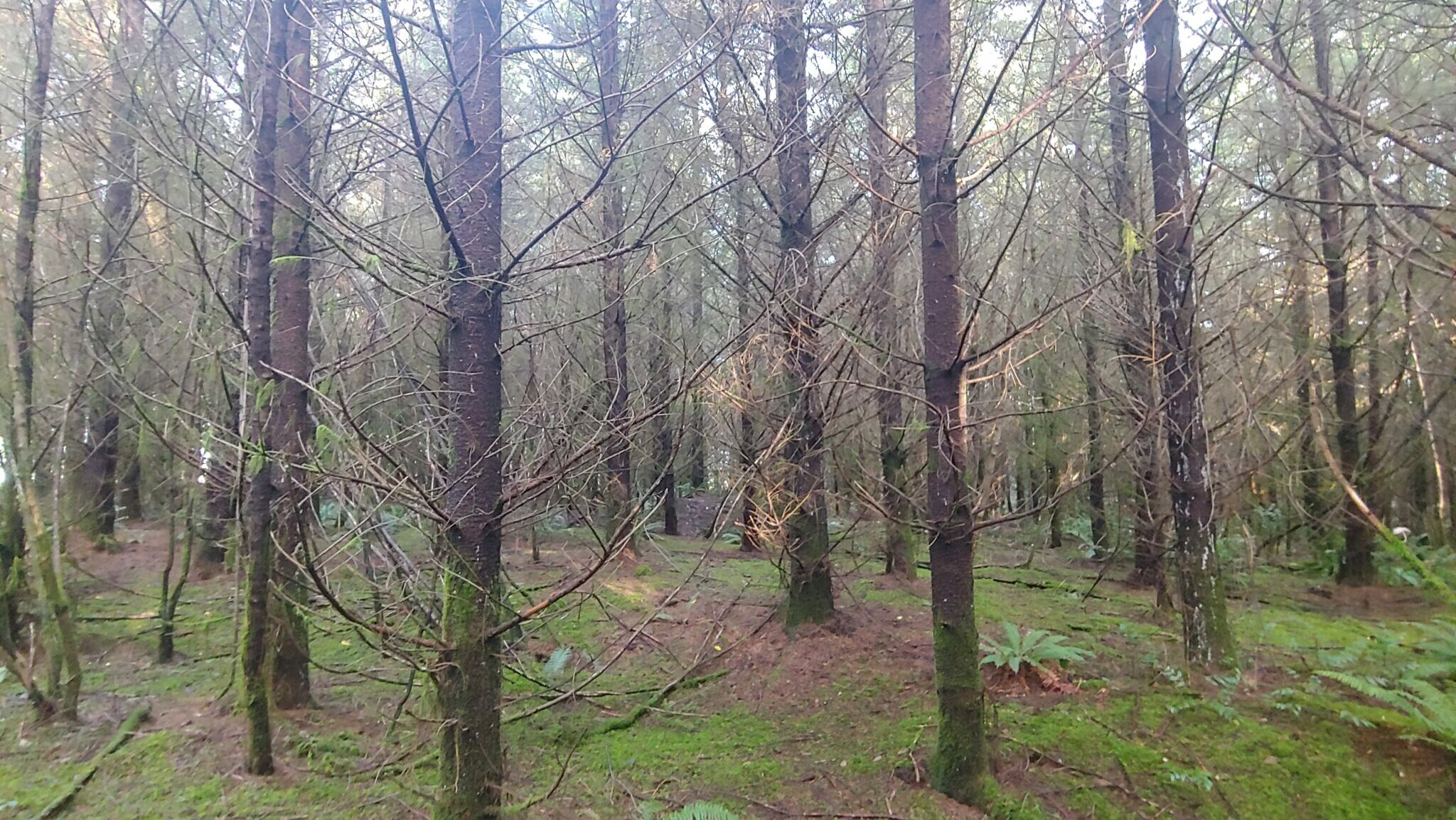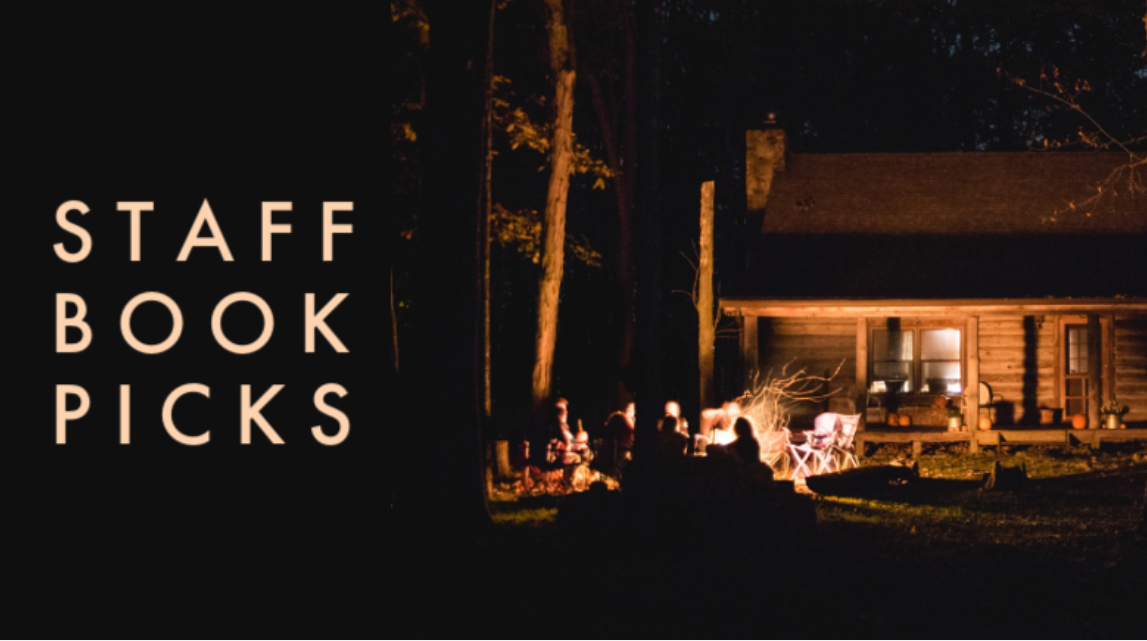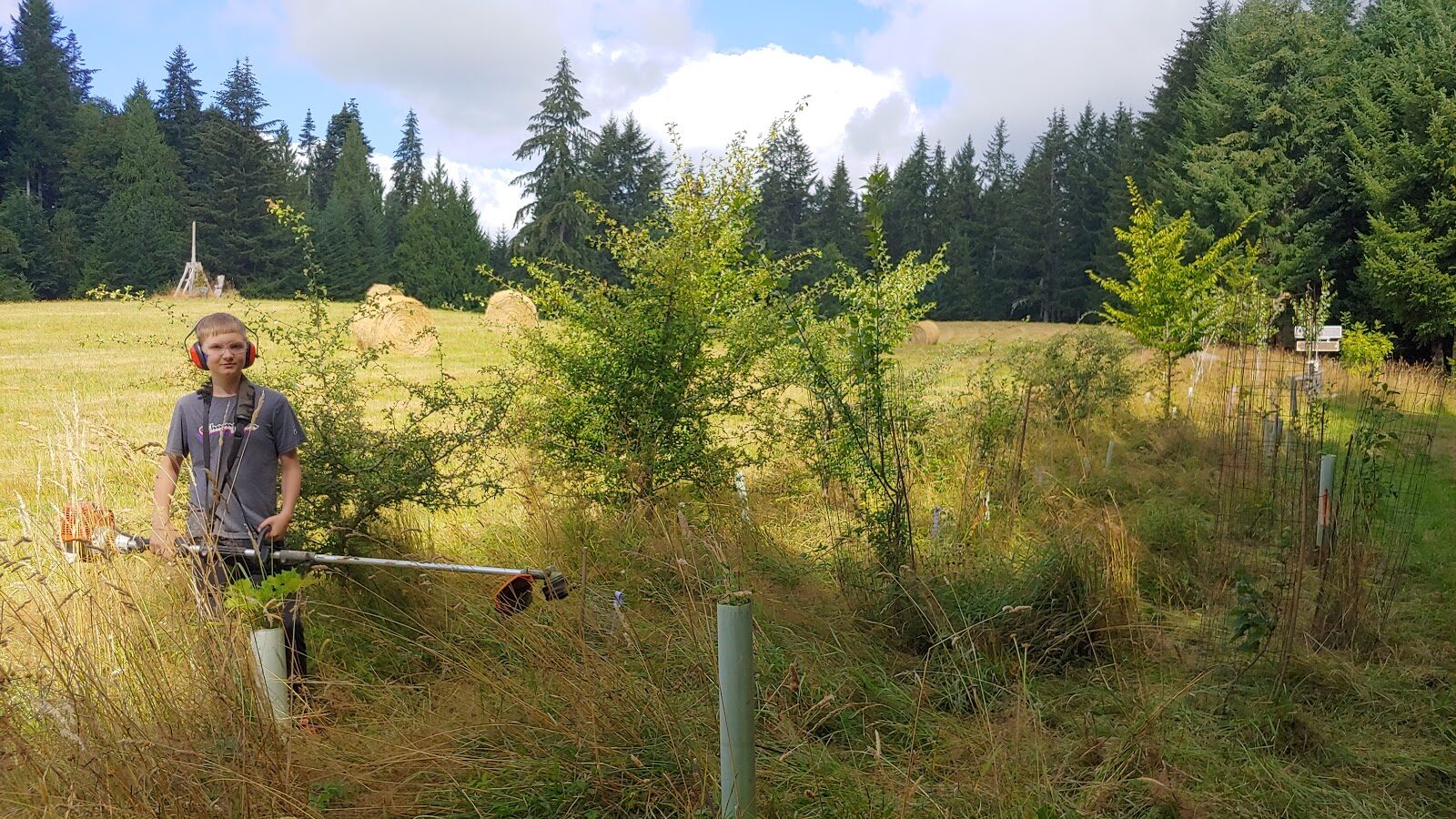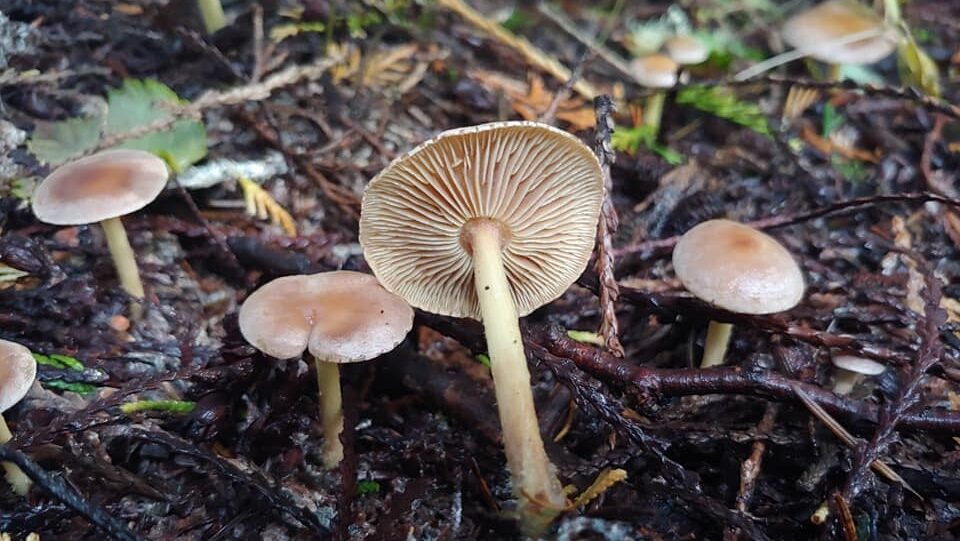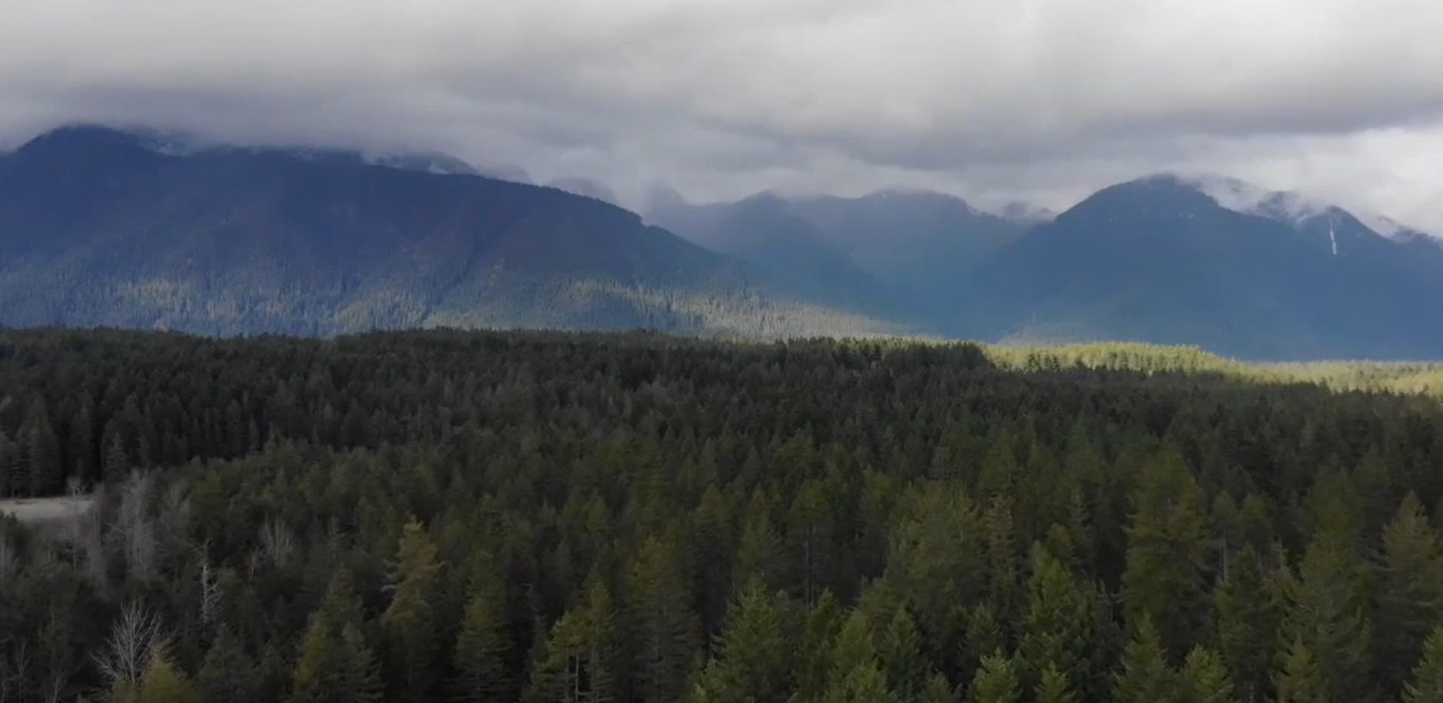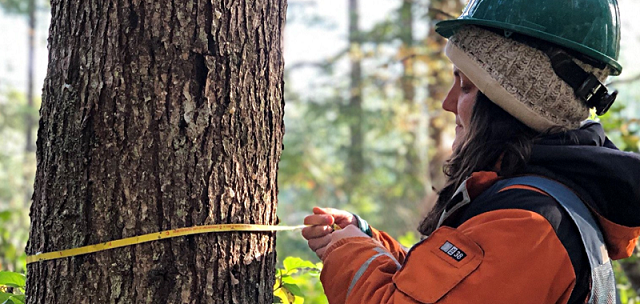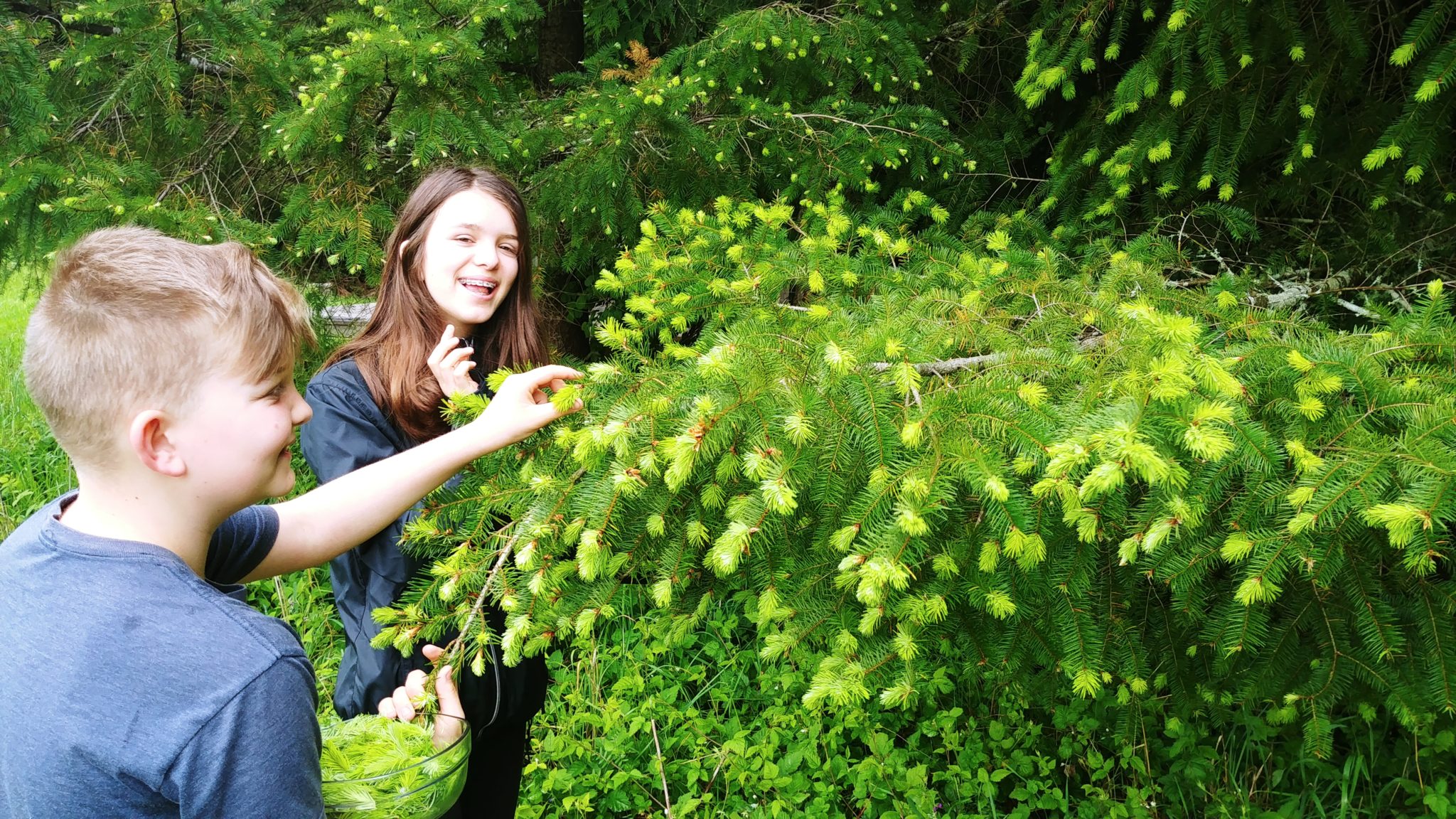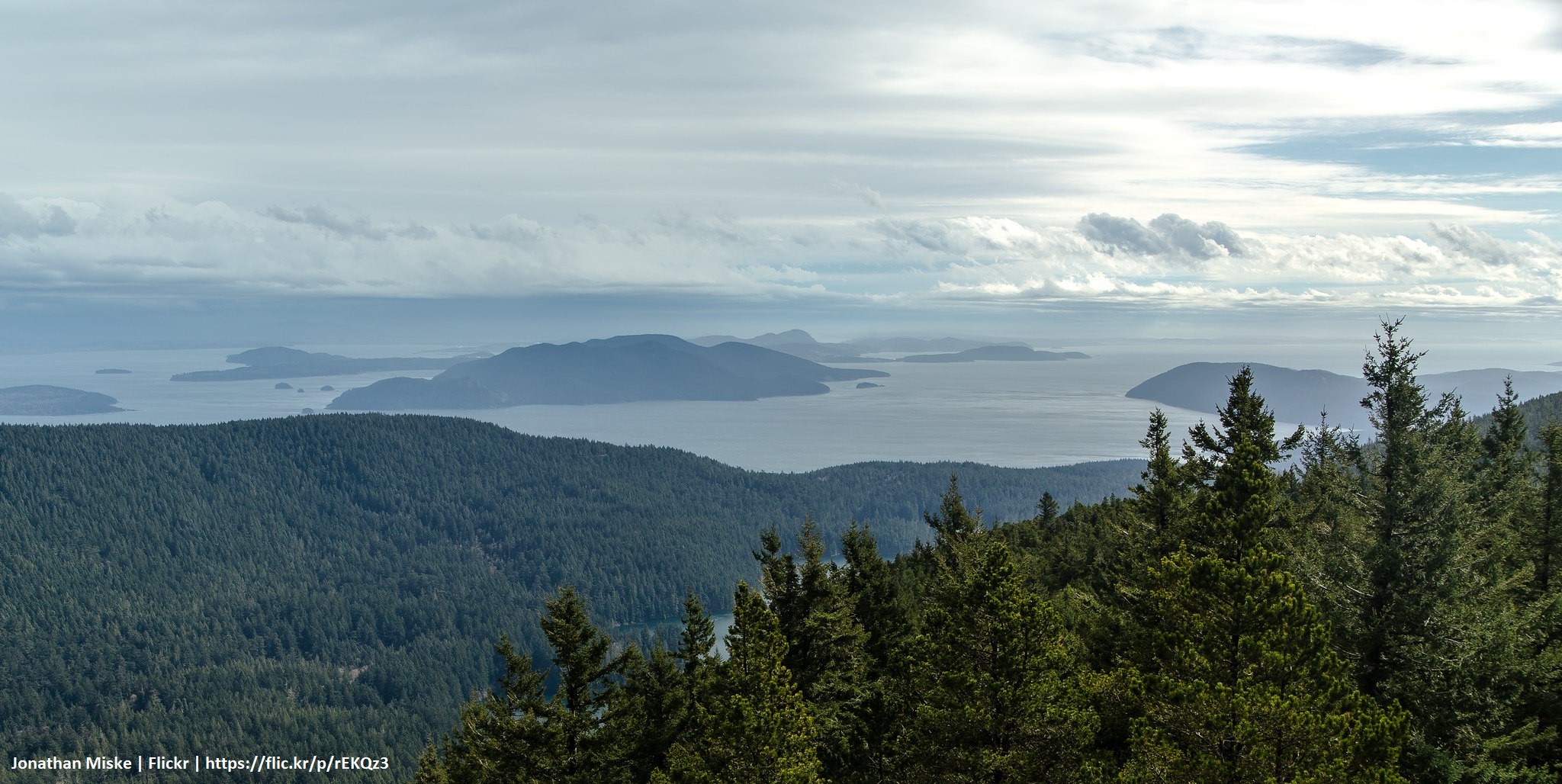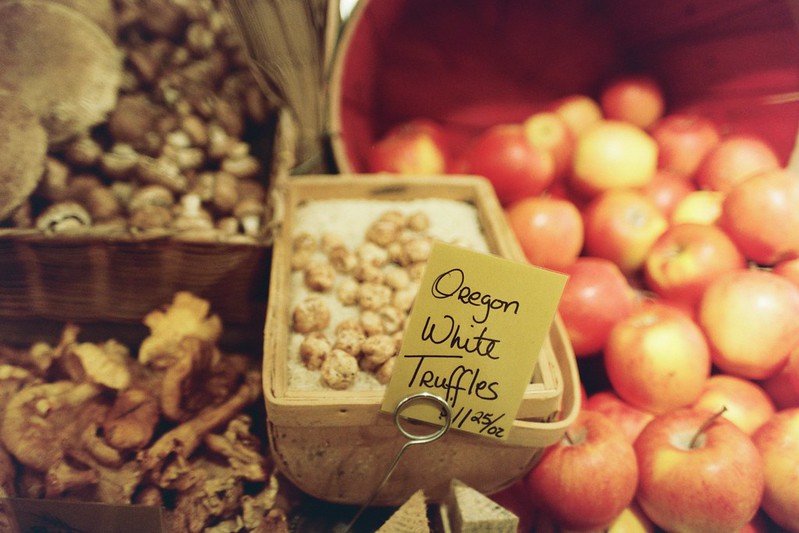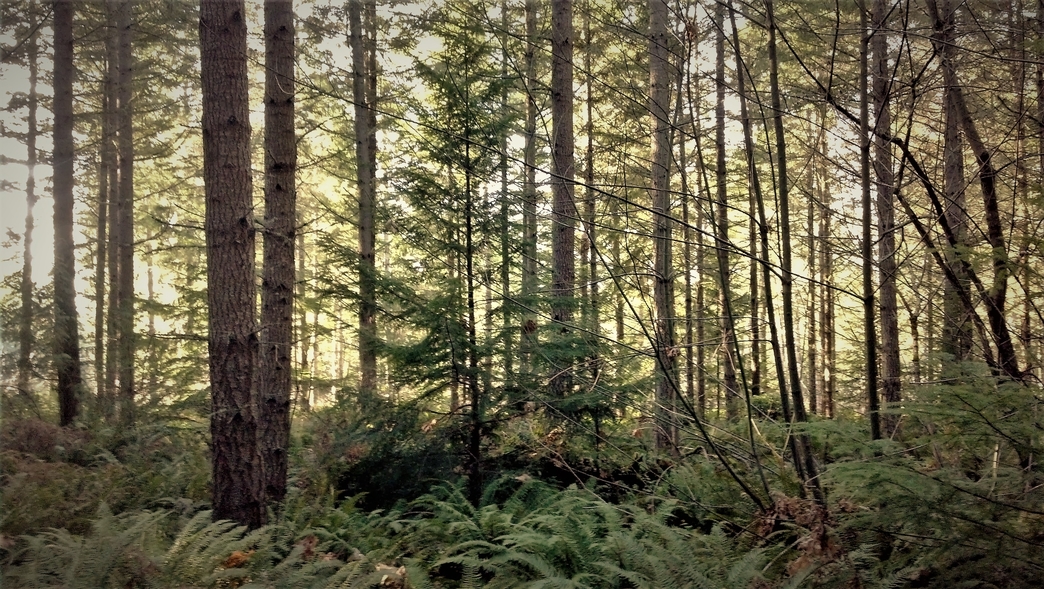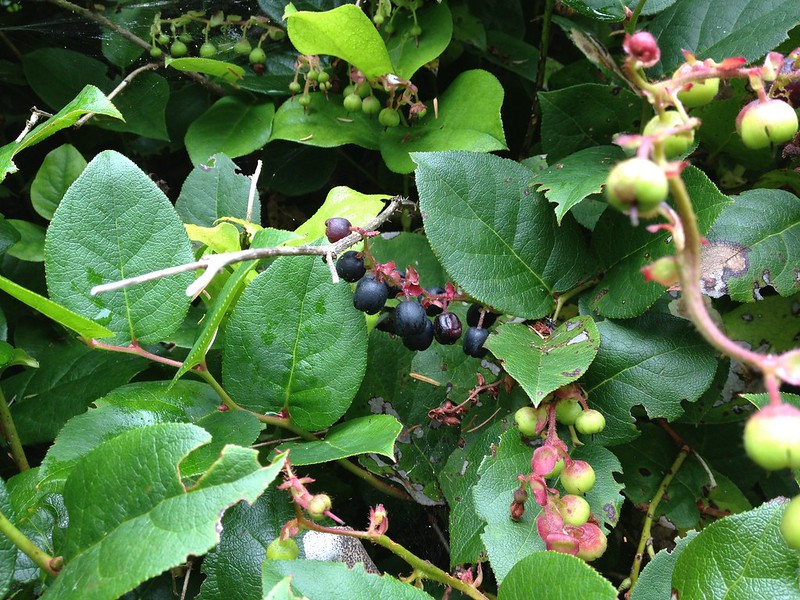Snags, large down logs, and big decadent trees provide food and shelter to more than 40 percent of wildlife species in Pacific Northwest forests. They are important structures for cavity-dependent birds and small mammals, food sources for woodpeckers and other foragers, and slowly release nutrients into the ecosystem with the help of decomposer critters.
Beavers as Partners in Riparian Restoration
And as the Bisers worked on restoring the hydrology of the forest, something amazing happened: beavers moved in, and eagerly set to work restoring the hydrology on their own.
Working with Partners on Rare Habitats
This article, by Jim Merzenich of Oak Basin Tree Farm, was first published in the Fall 2020 edition of Northwest Woodlands, a publication of the Oregon Small Woodlands, Washington Farm Forestry, Idaho Forest Owners & Montana Forest Owners Associations. Northwest Woodlands magazine is a benefit of membership in one of these associations – click on […]
Eye to the Future: Adaptation Survey Results
Before the holidays, NNRG and partners in the Forest Adaptation Network (FAN) conducted an initial survey to inform some of the work done by the Network, which is focused around the Puget Sound. While this survey had a small sample size of local restoration professionals, we think the results are of interest to many of […]
Seedling Check In: Stossel Creek, One Year Later
Even with the ongoing pandemic, 2020 was a busy year at Stossel Creek! In early 2020, just before we realized that a bottle of hand sanitizer wasn’t going to be enough to save us from the news, NNRG and partners hosted a workshop and field tour at Stossel Creek. The Stossel Creek restoration project aimed […]
Hindsight Into 2020
In a year full of unprecedented events, one thing remained constant: NNRG’s commitment to sharing the benefits of ecological forestry!
2021 Winter/Spring Native Plant Sales
The winter wet season in the Pacific Northwest is an ideal time to plant young trees and native shrubs! Planting native trees and shrubs enhances forest biodiversity by providing habitat for wildlife and forage for pollinators. It’s also a great way connect to the land and increase your aesthetic and recreational appreciation for the forest.
NNRG Adds Spencer Vieira to the Forestry Team
In a year marked by unusual challenges, NNRG found a lucky break in Spencer Vieira, who joined our forestry team in November as Forestry Technician.
To Thin, or Not to Thin
There is a 28 year-old Douglas-fir plantation on my family’s Bucoda tract that was established following clearcutting by the previous owner. The trees have grown into a deep, dark, primordial atmosphere, characteristic of densely canopied conifer stands, that belies the otherwise innocent nature of such a young and artificially simple forest.
NNRG Staff Book Picks!
For compelling holiday reading, start here. We asked NNRG staff to send over their top book recommendations in the forestry/ecology genre. The list includes fiction and non-fiction, classics and new hits. NNRG Director of Programs Rowan recommends: Eating Dirt: Deep Forests, Big Timber, and Life with the Tree-Planting Tribe by Charlotte Gill Gill uses stories about […]
Agroforestry Plantation of Culturally Significant Plants
A reoccurring revelation breaks on me anew nearly every time I spend an appreciable amount of time in the forest; one that renders me mute and pondering in stunned silence: the forest provides everything we need to sustain our lives. Food, medicine, shelter, clothing, tools, and right livelihood
HANSON FAMILY FOREST Fungi Pholio
A running list of fungi I’ve documented in my family’s forests.
Revisiting the Skokomish Tribe’s FSC-Certified Harvest
Skokomish Park at Lake Cushman is a scenic, 500-acre forest and campground on Lake Cushman in the Olympic Peninsula. Every year hundreds of campers visit the park to swim and fish on over 8 miles of freshwater shoreline and to hike and bike over 9 miles of trails. You wouldn’t know it from visiting, but […]
Meet Teo Rautu, NNRG’s Newest Forester
When forest owners reach out to NNRG for help writing a Forest Management Plan, they’re taking an important step in improving the long-term health of their forest. NNRG’s latest addition to our Forestry Team, Teo Rautu, is just the person to help forest owners take that step. We first met Teo in 2019 when she […]
Kirk’s Favorite Forages
When you learn everything that’s edible in the forest, it’s really hard to starve to death. Michael Pilarski Foraging for wild edibles on my family’s land has always been one of the highlights of having our own woodlands. Throughout every season there is something we can pluck and pop in our mouths, which I’ve always […]
NNRG Expands San Juans ‘Rainshadow’ Education to Jefferson County
Nothing typifies the beautiful San Juan Islands more than the peeling, tri-color branches of a madrone snaking through a canopy.
A Truffle in the Hand is Worth Eight Underground
Two Oregon family forest owners know the secrets of Pacific Northwest truffles better than most; Marilyn Richen and Tammy Jackson truffle at their family woodlands—450 acres of woodlands in Columbia County—together with their dogs Blue and Gucci.
Recipes From the Forest – Fall Edition
Delicious dishes can be made from the bounties found within our forests. Below are recipes for a few of them.
Getting to the Root (Rot) of the Forest
Phil Aponte has always loved forests. When he was an interpretive ranger for Mount Rainier National Park, Phil had the chance to walk the woods with renowned forest ecologist Dr. Jerry Franklin. Jerry took a group of park rangers into a stand of old-growth forest and had the rangers lie down to observe their surroundings. […]
Summer Forest Stewardship Tips
Summer is the perfect time for major forest management activities like thinning trees, controlling weeds and invasives, and maintaining roads.

